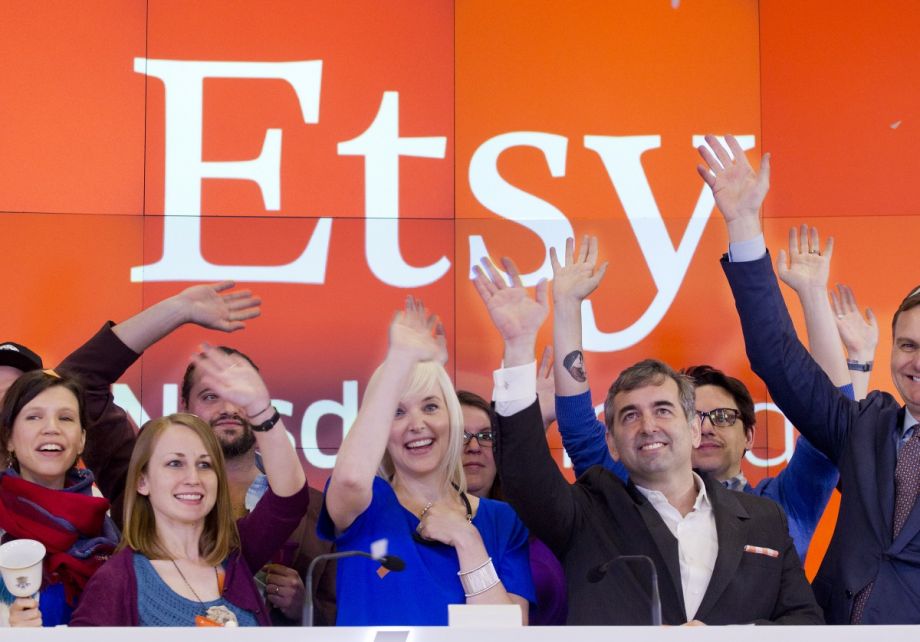When entrepreneur Petar Vujosevic and his business partner launched a new online hiring platform last summer called GapJumpers, the goal was simple: Improve the time-consuming slog of vetting resumes. Companies receive 250 resumes on average for every corporate job opening and, rather than rely on streamlining talent software (which can weed out up to 50 percent of resumes before human eyes land on them), Vujosevic came up with an alternative. GapJumpers would administer a project-based test and score the initial round of candidates on it — blindly — before the company made any foray into interviews. This way, screening became a performance-driven decision and less of a crapshoot.
But Vujosevic noticed something unexpected in the early returns of his product. Not only did a lot of applications come in from people with atypical educational backgrounds — community college grads, people returning to the workforce or switching career tracks — a lot of resumes were from women and minorities. “We started out trying to improve hiring efficiency,” says Vujosevic. “Clients got applicants from more diverse backgrounds because of blind challenge screening.”
At a time when workplace diversity is arguably the most vexing problem in the tech sector, so big that it’s even grabbed President Obama’s attention, Vujosevic might’ve stumbled into an antidote. GapJumpers has been on a roll, picking up clients — like Adobe, Dolby Laboratories and Mozilla — and receiving attention in the press for its blind-audition-based model that intends to remove bias from the initial job screening. What the NBC talent show “The Voice” does for singing, it’s doing for hiring.
Here’s how it works: An employer lists a job on the website, along with a unique, open-ended challenge that the client and GapJumpers mutually agree on (think a prompt for a coding solution or a marketing strategy, depending on the position). Submissions come in via LinkedIn profiles, but applicants’ identities are anonymous to the talent evaluators on GapJumpers along with the company. After generating a score on the test, based on criteria such as technical proficiency, timeliness and/or outside-the-box thinking (once again, depending on the job), the company can decide which candidates to proceed with, given the scores and resumes in unison.
It isn’t a cure-all. Bias can still come into play later, in subsequent interview stages, but GapJumpers appears to be successful in creating an even playing field on first blush for women and people of color. And that’s a step in the right direction.
Research has shown that recruiters tend to hire people whose resumes and self-presentation look a lot like their own (aka “culture fit”). It’s not hard to see this as the crux of why many Silicon Valley companies have been criticized for having a paradox of meritocracy, professing to be objective and data-driven organizations on the one hand, yet ending up with staffs that are 70 percent men) and less than 5 percent African-American and Hispanic (combined!).
“Hiring biases are really holding companies back from finding all the talent that’s out there,” says Heidi Walker, of GapJumpers. “In a sense, companies have artificially created their own talent-pipeline issue.”
But you also can’t expect recruiters to alter their unconscious behavior simply by trying; rather, intentionally interrupting those biases within the hiring system is the way to change it, writes Joan Williams, director of the Center for WorkLife Law, in the Harvard Business Review. And removing the opportunity for bias at the onset of the hiring process is exactly what GapJumpers aims to do.
While the approach may seem innovative, Vujosevic has actually tapped into the ethos of an industry in which skills-based challenges are legion. They’ve just never been successful at being as meritocratic as they once seemed.
Take the infamous whiteboard challenge. In Silicon Valley, it’s an on-the-spot coding test given to software engineers during in-person job interviews. Although the whiteboard is supposed to be the great equalizer, it’s come under fire of late for dissuading female and minority candidates. (Imagine writing out code in front of a panel of entirely white male interviewers, aware that nobody else in the room looks like you — no less the whole company — and being asked to prove your talents — yeah, not exactly an even playing field for all candidates.) After Etsy ditched the whiteboard in its hiring process in 2013, substantially more women were brought on as engineers.
The point is that GapJumpers is really just teaching an old dog new tricks. Tech companies are built on objective, data-driven decision-making — that much we know. Rejiggering the system to incorporate that same paradigm into the hiring process is the trick. For the companies who’ve signed on with GapJumpers thus far, it’s nudging them down the right track.
The Equity Factor is made possible with the support of the Surdna Foundation.

Malcolm was a Next City 2015 equitable cities fellow, and is a contributing writer for the Fuller Project for International Reporting, a nonprofit journalism outlet that reports on issues affecting women. He’s also a contributing writer to POLITICO magazine, Philadelphia magazine, WHYY and other publications. He reports primarily on criminal injustice, urban solution and politics from his home city of Philadelphia.

















